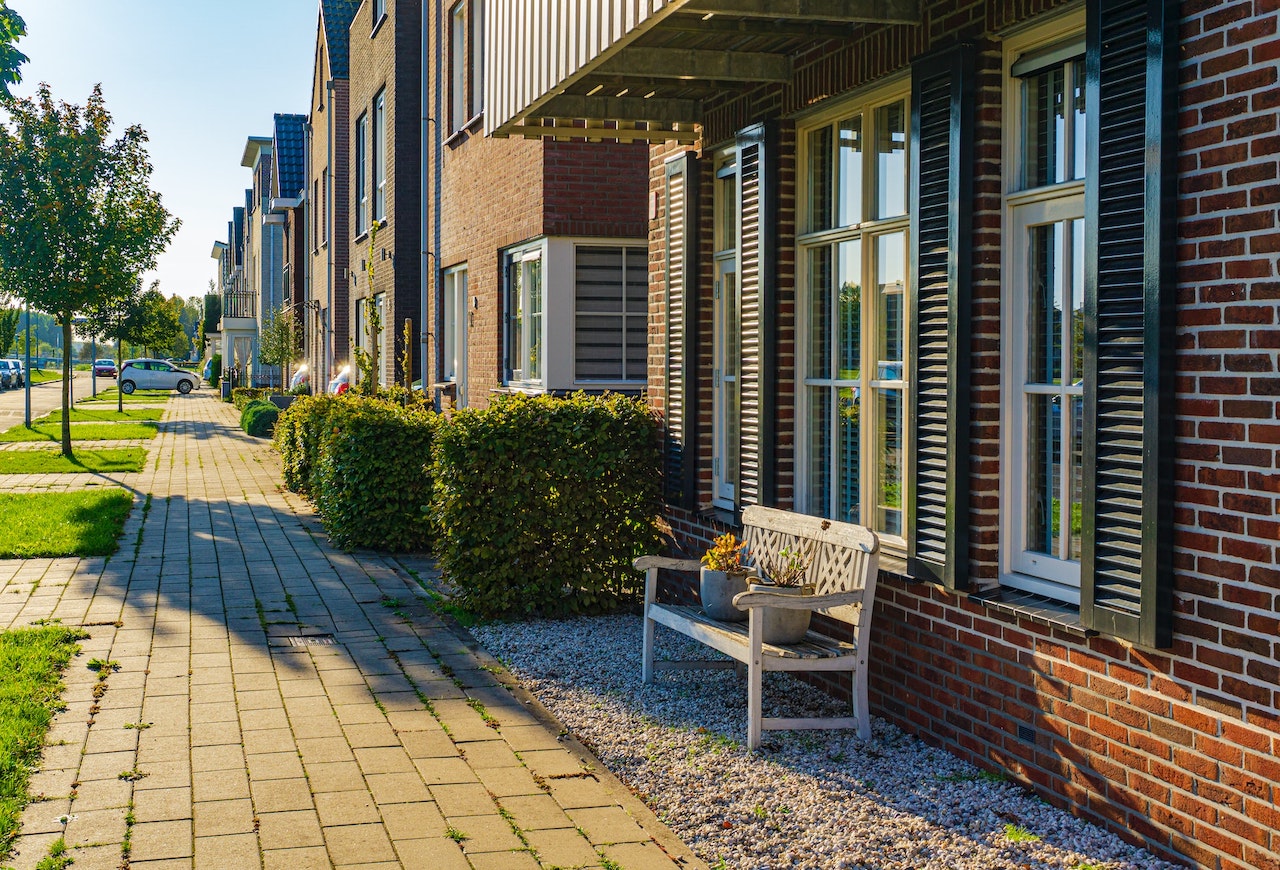The tool, developed in collaboration with Springco, looks at the impact that a residential building or complex can have on those living there, and on its surroundings

Dutch real estate investor Syntrus Achmea and Springco Urban Analytics have developed a tool to measure the social impact score of housing developments.
The tool looks at five aspects of the impact that a residential building or complex can have on its surroundings: the home itself, the residents, the local amenities, the resident’s attachment to their home, and the environment.
These indicators are measured through various open data sources available, such as the Central Bureau of Statistics (CBS), BAG (basic registration of adresses and buildings), OpenStreetMap and the National Tree Register, combined with property data from portfolios managed by Syntrus Achmea.
Ultimately, the tool measures social impact on a scale of 0 to 1, and labels the properties under three categories: properties with limited, medium or high social impact.
‘Wolly’ image
Social return, according to Hank Groenhof, is best translated as a combination of livability and affordability. Groenhof is COO at Springco, a Rotterdam-based company that specialises in “urban analytics”.
“What do people want, how do they want it and what do they think of the place where they live? By finding out, you can empower people better. But it also helps you to better connect to what people want in new developments and make better decisions. It is a fact of life in Rotterdam that people on the north side of the river Maas experience better accessibility than in the south. That accessibility is actually less on the south side. You can take that factor into account in area development.”
As far as Groenhof is concerned, taking soft factors into account has an unjustifiably “woolly” image. “The opposite is true. Soft factors are the new hard factors. Ultimately, they largely determine what makes a place a nice place. That is why we have been quantifying those ‘soft’ factors for years, so that we can translate that into insights about how to make cities and towns better, how to add housing in a more socially-focused way, for example. I think that’s really a blessing of our time.”
Predictive value
Kristel van Dam, strategy and innovation manager at Syntrus Achmea, endorses Groenhof’s words. “Our mission is not ‘investing with meaning’ for no reason. From our role as an investor in middle rental housing, we look explicitly at what those homes mean to our tenants, but also what impact those homes have on the living environment. We therefore felt the need to actually measure the social impact of these homes. Within the ESG goals of real estate investors, the E (environmental) and the G (governance) are sharply formulated. This is much less true for the S of social, even though legislation is placing increasing emphasis on it.”
According to Syntrus Achmea, 500 of its residential properties have already been linked to the tool.
The real social impact of new buildings, Groenhof acknowledges, must be learned from user experience, sometimes over many years. “On the other hand, you can see from longer existing properties in the portfolio what works and what does not. So it also has a predictive value.”
As far as Van Dam is concerned, this is a first attempt to get a better picture of the social impact of real estate and is a good example of what it can achieved in this area through collaboration. “That is why we have explicitly opened up our tool to other investors and developers as well. Based on our experiences and those of others, we can refine the tool in the coming years and use it for other real estate besides housing.”
Calculating the social impact of project development is more than ‘ticking the box’ for Syntrus Achmea, according to Van Dam. “Ultimately, institutional investors, including pension funds, are also asking for this. Homes in environments where people are happy are also a better investment in the longer term.’
This is an edited version of an article, originally published by Property.NL






